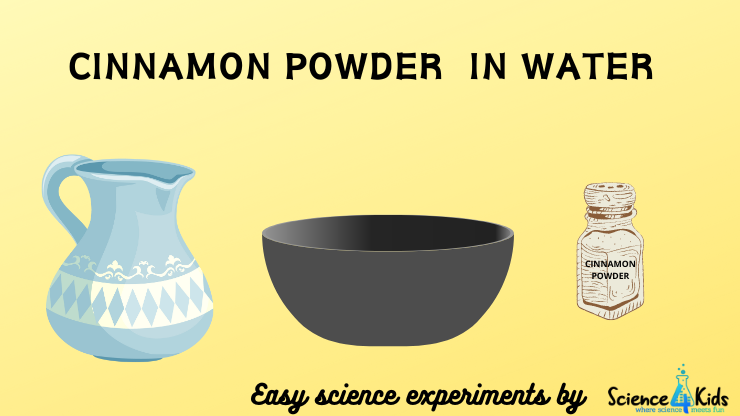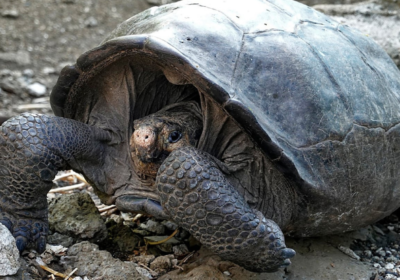Ready for another magical science experiment? This science experiment with cinnamon powder will surely amaze you in many ways. No doubt, a few questions will pop up in your mind after the experiment. How can I touch the surface of water without getting my fingertips wet? Is cinnamon powder scared of soap? Well, let us perform this simple experiment and answer any doubts that may arise in your minds. Head to the kitchen, gather the supplies, and you are ready for this amazing science experiment.

What we need
- Cinnamon powder
- A wide-mouthed bowl
- Water
- Liquid soap
- Cotton buds (use your fingers if cotton bud is not available)
Procedure
- Fill water in the bowl. Do not fill it to the brim since we don’t want unnecessary troubles due to spilling.
- Let the water rest for a while. Now, slowly sprinkle cinnamon powder evenly over the surface of water.
- What do you notice? Cinnamon powder does not sink in the water. It forms a thin layer on top of water.
- Now you can touch the water surface with your fingertip. Let the finger dip into water by a few centimetres.
- Take out the finger and you will notice that your fingertip is not wet at all! It is coated with cinnamon powder, but there in not a droplet of water on your fingertips.
- This was amazing, right? Now let us proceed to the next step of our experiment. Soak the cotton bud with liquid soap.
- Touch the water surface with the tip of the cotton bud.
- What do you see? The layer of cinnamon powder on top magically runs away from the bud. Does the soap scare cinnamon powder?
What we learn
It is time to explain what we just saw in this science experiment with cinnamon powder. Although the reaction of cinnamon powder may look magical, there is a simple scientific explanation to this. Let us begin by answering the first question that popped up in your mind. Why did cinnamon powder float over water? This happened due to a property of water called surface tension. Surface tension is the property by which the molecules in a liquid at rest cling to one another thereby resisting external forces that act over it.
In other words, when we allow the bowl filled with water to rest, the liquid molecules over the surface of water stick close to one another. Due to this, the liquid surface acts like a stretched elastic membrane. Any light object that we place over it will float. Haven’t you seen tiny insects standing over water bodies? The property of surface tension is aiding them as well. And it was the reason why cinnamon powder did not sink in water.
Moving forward to the next step of our experiment, we saw that the cinnamon particles ran away from soap-soaked cotton buds. Soap is a cleaning agent, and is designed to break the surface tension of water. When we poke the water surface with soap-coated cotton bud, it immediately breaks the surface tension of water. But the water molecules still want to cling together and maintain the tension. They move away from the soap, taking the cinnamon particles with them!
Read Best Water Experiments for Kids for a list of interesting science experiments that you can do at home.




